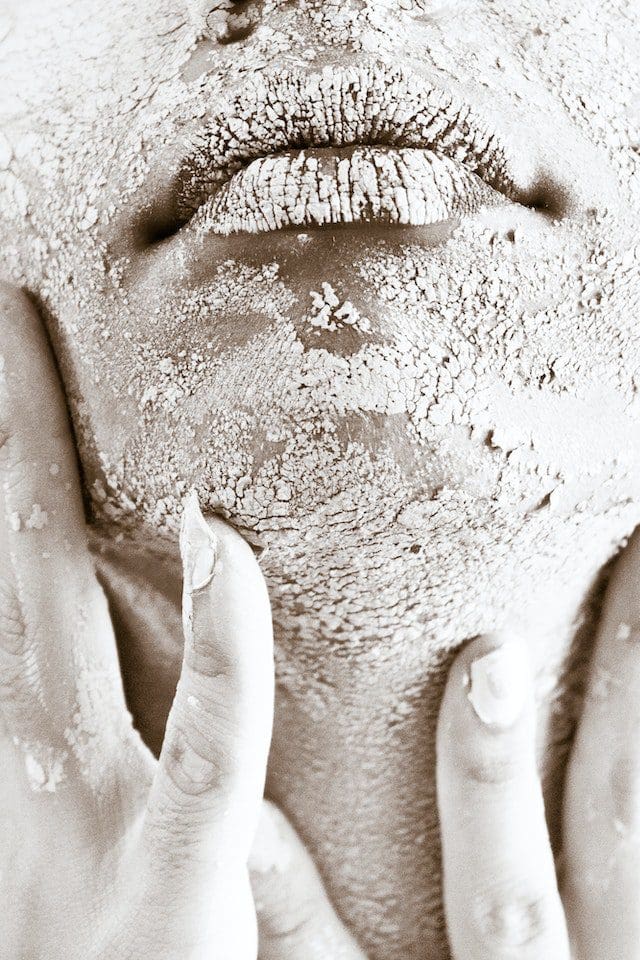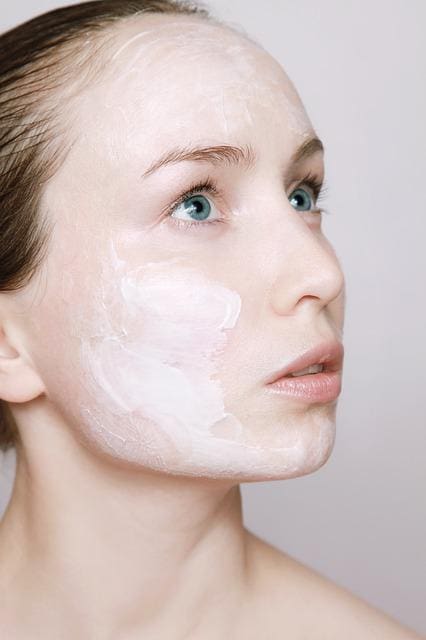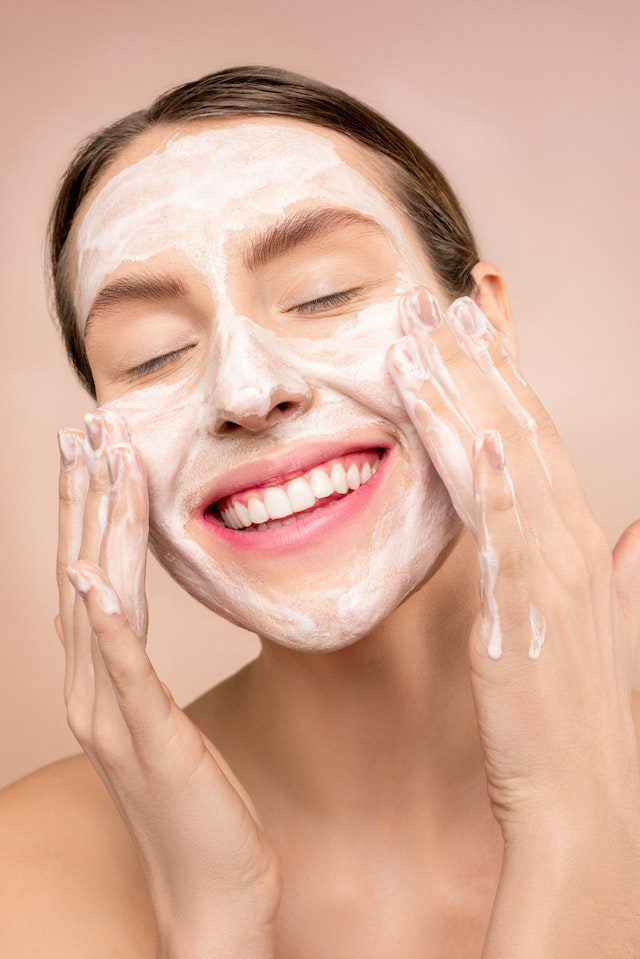If you’re looking for some new skincare products for your daily routine, it can be intimidating. You have to pick and choose from so many options that it can feel like you need to be a dermatologist to get your face in tip-top shape.
But don’t worry! People spend years researching the best ways to care for their skin and find products that work for them. With Kiana Beauty, you won’t be struggling where to buy the best products for your skin. Check them out now. While you continue reading this, here are ten tips on how you can build your skincare routine:
Table of Contents
Figure out your skin type.
You’re in for a treat if your skin is dry. You can skip the moisturizer and go straight to the cleanser, but if you have oily or combination skin, you’ll need something more. Oily types should use a gel or oil-free moisturizer, while dry skins should stick with rich creams that contain urea (typically found in shampoos).
If all else fails, there’s always water but be sure to do this once every two days!
Cleanse twice a day.
You should cleanse twice a day. This is key to maintaining healthy skin, but it’s also important to ensure you don’t overdo it with products or make your skin too dry by using too many cleansers.
If possible, use natural ingredients such as clay masks or mud masks instead of harsh chemical ones like those found in most popular skincare lines. If you’re looking for an ingredient-based alternative, try making your moisturizer at home!
Exfoliate one to two times a week.

Exfoliation is an essential step in your skincare routine. It’s important because it helps remove dead skin cells and impurities, which can lead to blackheads, clogged pores, and acne.
Exfoliation also improves the appearance of fine lines and wrinkles by helping you get rid of old layers of dead cells that have built up over time on the surface of your face.
Use a serum.
Serums are concentrated moisturizers that can be used in place of your usual moisturizer, or they can be layered on top of them. Because serums are so concentrated, you’ll need less of them to get the same effect as a regular cream or gel.
Serums often contain active ingredients like peptides and vitamin C that work to target specific problems like acne or wrinkles. They’re also often made from plant-based ingredients instead of mineral oils (which may be comedogenic).
Some people find that serums work better than other skincare products because they penetrate more deeply into skin cells; others prefer using them as part of their routine because it allows them to skip over several steps at once and save time!
Hydrate with moisturizer.
When it comes to skincare, a good rule of thumb is that you should always moisturize after cleansing. This may seem obvious and even unnecessary—after all, we’re all supposed to be using cleansers these days! But many people don’t realize that your skin needs time to breathe before applying any other products (even if those products are SPF and moisturizer).
So why do you need that much time? Because not only does your cleanser remove dirt from your face but also any residue left over by other products on top of it. So even though you may be using an oil-free cleanser or one with triclosan (which means no more germs).
Those cleansers will still leave behind some gunk because they cannot completely remove everything they touch while removing dirt off our faces!
Use sunscreen every day without fail.
UV rays are one of the main causes of skin cancer, and they can also cause damage to your skin’s collagen and elasticity. Whether inside or outside, you should always ensure that you’re wearing sunscreen—even when it’s cloudy!
Sunscreen should be applied 20 minutes before leaving the house. This allows enough time for the product to fully absorb into your skin before heading out into the sun without feeling sticky or uncomfortable.
Use eye cream.
Eye cream is not just for the elderly. The use of eye cream should be a daily habit for everyone, especially if you’re prone to under-eye dark circles and puffiness. Apply your eye cream in a patting motion, starting at the center of your under-eye area and working outward towards each eyelid. Also, apply it on top of both sides of your brow bone as well as along the orbital bone (where cheeks meet forehead).
Add in weekly treatments like face masks or retinol. This is so important!

Face masks are a great way to give your skin a boost. They can be used weekly or even more often, depending on how much time you have and how much time you want to spend on your face. Here are some examples of face masks:
- Honey-Ginger Mask by Dr. Dennis Gross – This mask uses honey and ginger to help exfoliate dead skin cells while hydrating the skin with natural ingredients like aloe vera and coconut oil.
The best part is that it lasts up to six weeks! You’ll need about two tablespoons of honey mixed with one tablespoon each of grated ginger root (which you can buy pre-chopped at most grocery stores). Apply this mixture all over your face after cleansing; leave it on for 20 minutes before rinsing off completely—and remember not to wash it immediately after application because it could irritate sensitive skin!
- Green Tea Facial Mask by Curology – This mask contains green tea extract along with other antioxidants such as vitamin A & E for brightening effects as well as hydrating benefits from avocado oil which helps improve elasticity in your skin cells so they look younger and longer without drying them out too fast either way just try not to get any into eyes area though because could irritate there instead use cool water only once applied onto face before removing from container again
Supercharge your routine with skin boosters.
Skin boosters can be used before or after your other products to give them an extra boost. Some examples of skin boosters include retinol, hyaluronic acid, vitamin C and peptides.
The most important thing to look for in a skin booster is its strength—you don’t want something that’s too weak or too strong! If you’re going to use a retinol product on top of another product with retinol already built-in (like our Rosehip Oil), then go ahead and use whatever strength suits your needs best; if not, stick with a lower-strength version like 0.5% to 1%.
Find out what works for you and stick to it.
Try new things, but don’t get too carried away. If something isn’t working for you, try something else!
If you’re still having trouble figuring out how to build your skincare routine from scratch, consider consulting with a dermatologist or facialist who can help guide you toward the right products and products that are safe for your skin type.
Conclusion
This is a great place to start. There are many ways to build your skincare routine, and I hope these tips have inspired you to think outside the box and experiment with different products that work for your skin type. Remember that while it may take some trial and error before finding what works best for you, it will be worth all the time spent on research! Remember, if the first product doesn’t work out, then try something else until something sticks in your mind about how you feel about each step of building an effective skincare regimen—and then keep going!
Featured Photo by Shiny Diamond: https://www.pexels.com/




